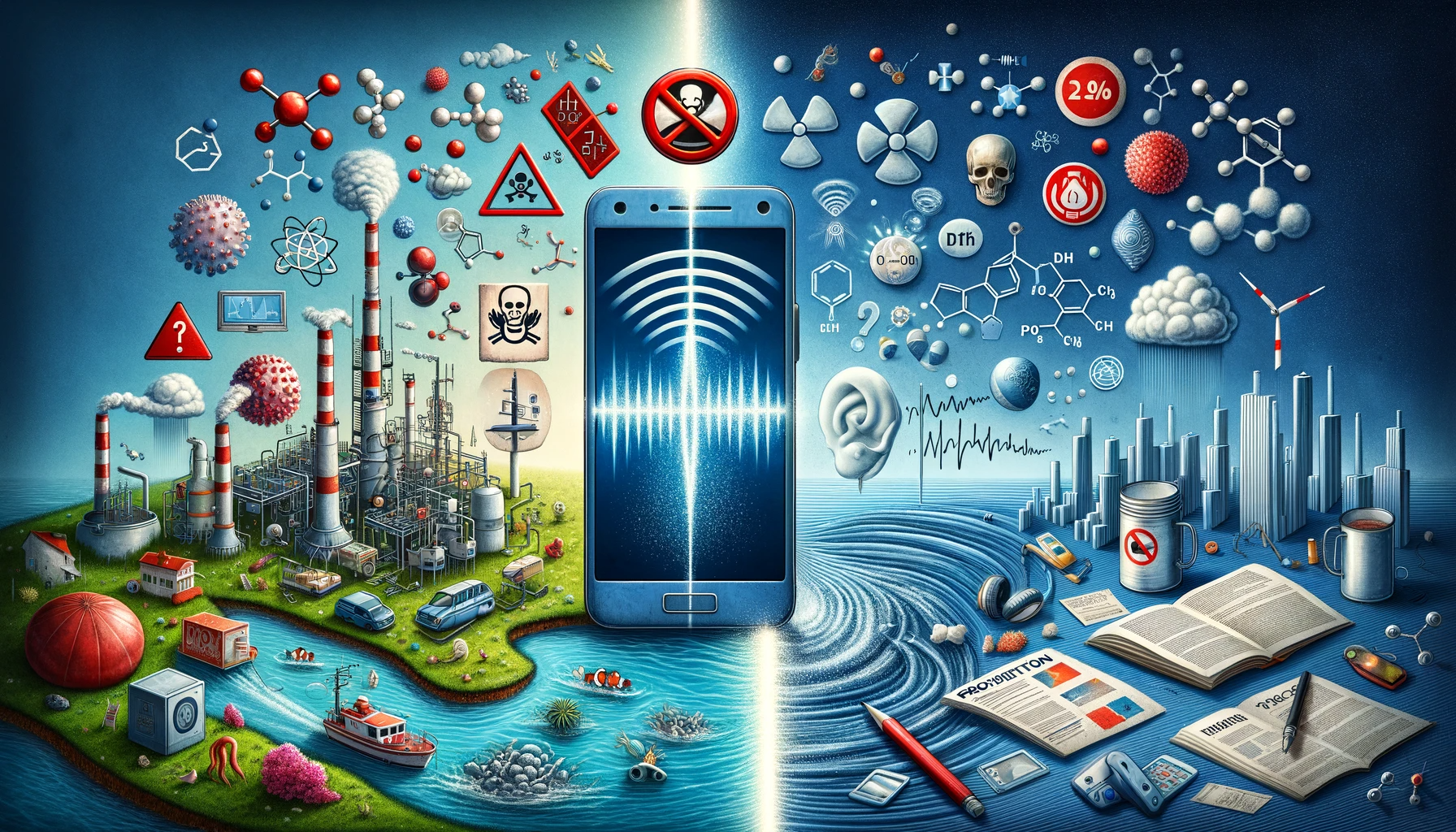The Pressing Concern of Cell Phone Radiation
The argument for aligning regulatory actions with scientific findings, advocating for a reassessment of safety standards and a more prudent approach toward cell phone radiation.
In recent years, the classification of cell phone radiation as “possibly carcinogenic to humans” by the International Agency for Research on Cancer (IARC) has sparked intense debate and concern. Unlike perfluorooctanesulfonic acid (PFOS), which shares the same IARC classification but has witnessed significant regulatory action, the response to cell phone radiation has been notably absent from policy. This blog delves into the growing body of research suggesting significant health risks associated with cell phone radiation and questions why these findings have not prompted more urgent actions.
A Closer Look at the Research
The evidence pointing to the potential hazards of cell phone radiation is not just substantial; it’s overwhelming. Studies such as the Interphone study, Hardell group’s work, CERENAT study, and extensive research by the U.S. National Toxicology Program (NTP) and Ramazzini Institute, paint a concerning picture. These studies collectively suggest non-thermal biological effects of cell phone radiation, including DNA damage, disruption of cellular processes, and increased risk of certain types of cancer.
Contrasting Responses: PFOS vs. Cell Phone Radiation
The difference in the response to PFOS and cell phone radiation is striking. While PFOS has been phased out due to its persistent environmental impacts and potential health risks, the ubiquitous nature of cell phones seems to have led to a more “let it regulate itself” approach. This discrepancy raises questions about our collective capacity to address health risks that are inconvenient to confront, given our deep reliance on wireless technology.
The Weight of Evidence Demands Action
The sheer volume of research indicating potential risks from cell phone radiation cannot be understated. With hundreds of studies pointing towards various health impacts, it becomes increasingly difficult to justify the lack of robust precautionary measures. The traditional view that non-ionizing radiation is only harmful in terms of its heating effects is clearly outdated, and continuing to uphold this view in regulatory policies and public health recommendations seems increasingly untenable.
Reevaluating Safety Standards
Given the mounting evidence, there is a pressing need to reevaluate current safety standards for cell phone radiation. The standards in place were established based on the understanding of thermal effects, but as research progresses, it’s evident that these standards do not adequately protect against non-thermal biological effects.
Conclusion
The current state of research on cell phone radiation calls for a reassessment of how we manage and mitigate potential RFR health risks. The comparison with PFOS highlights a disparity in regulatory responses, one that needs to be addressed given the critical nature of the findings. As the body of evidence grows, so too should our prudence in responding to these potential health hazards. It’s time to align our actions with science and take necessary steps to protect public health in the face of this pervasive technology.








